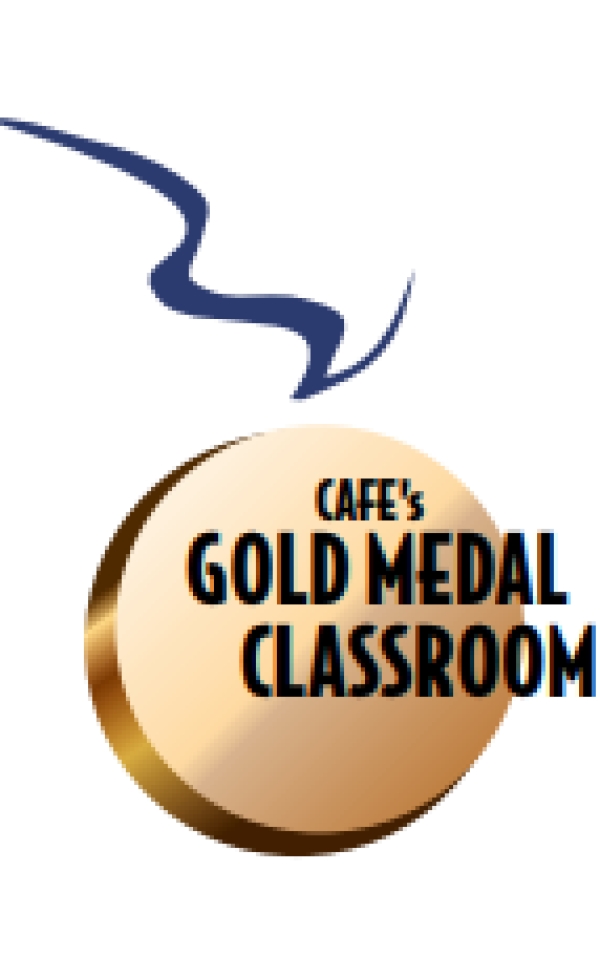Lesson Plans (44)
In this section you will find lesson plans from previous GMC issues or that have been published on the Web site before.
Lesson Plan: Fresh Mango Flavors Seasonal Menus
Super User Monday, 28 February 2011 14:54Courtesy of the National Mango Board
 Mango consumption has nearly quadrupled since 1990 to an estimated 2 pounds per capita annually.
Mango consumption has nearly quadrupled since 1990 to an estimated 2 pounds per capita annually.
Nothing conveys a taste of the tropics like fresh mangos. Luckily, you can use them to bring a burst of sunshine to menus year-round. The Orlando, Fla.-based National Mango Board (NMB) has made it its mission to educate foodservice professionals about the availability, selection and preparation of the world’s most popular fruit.
There are six major mango varieties available in the United States throughout the year. On the outside mangos vary in size, shape and color. On the inside, the subtle differences in flavor and texture fuel chefs’ imaginations for seasonal menus.
Lesson Plan: Adding a “Salt Tasting” to your Curriculum
Super User Monday, 31 January 2011 18:19By Colin Roche, MBA, CEC, CCE, FMP, CHE
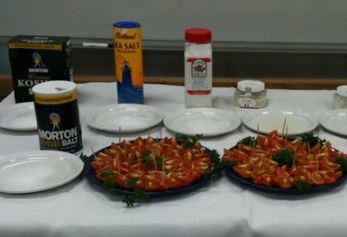 Teaching the vast range of salts helps students in product-identification, nutrition and many other classes.
Teaching the vast range of salts helps students in product-identification, nutrition and many other classes.
Universally, the most common seasoning used on food is the mineral sodium chloride (NaCl), or salt, which comes in a wide variety of forms. Salt heightens flavor by enhancing natural base ingredients and has a stronger taste on cooler foods than on hot foods. It must be added carefully, though, because the taste of saltiness cannot be removed, and it does not burn off during the cooking process.
Lesson Plan: Grape Expectations
Super User Thursday, 06 January 2011 14:51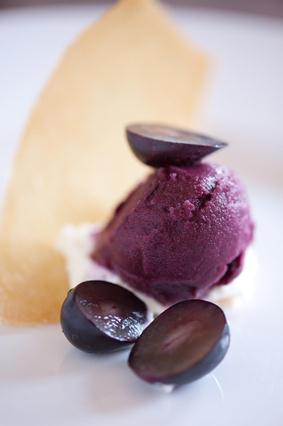 The Culinary Institute of America and Grapes from California introduce an online learning module with innovative menu applications for table grapes.
The Culinary Institute of America and Grapes from California introduce an online learning module with innovative menu applications for table grapes.
“Grapes Make the Plate: Fresh Ideas for Modern Menus” is a free online resource at www.ciaprochef.com that illustrates the deeply flavorful, healthful and wide-ranging ways in which fresh California table grapes can create eye-candy color appeal and menu inspiration.
Taking fresh California grapes into new realms of culinary innovation, “Grapes Make the Plate” explores using California grapes in everything from soups and salads to main courses and desserts. Through online videos, chef-tested recipes and information on the nutritional value of fresh grapes, the online learning module presents scores of new ideas exploring the grape's culinary potential, including underutilized techniques such as juicing, roasting, carbonizing and frying grapes that create compelling textures and nuanced flavors.
Lesson Plan: Single-Use Foodservice Packaging Facts and Fun
Super User Tuesday, 30 November 2010 19:21Courtesy of the Foodservice Packaging Institute, Inc.
Lessons, quizzes and more on disposable foodservice packaging and how such products impact our natural resources and daily lives.
The Foodservice Packaging Institute (FPI) continues to offers its popular teachers kit, “Single-Use Foodservice Packaging Facts and Fun,” available online at www.fpi.org/dms/dm_browse.asp?pid=96. This kit provides a comprehensive look at single-use foodservice packaging and its history and benefits.
Lesson Plan: American Lamb—from Shepherd to Chef
Super User Sunday, 31 October 2010 06:38By Megan Wortman
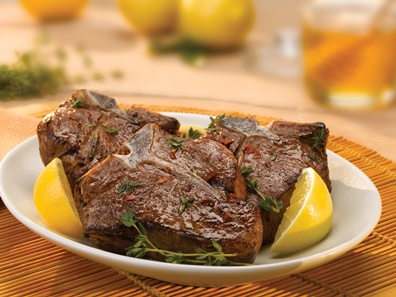 From the American Lamb Board, a primer that covers everything from U.S. sheep production to menuing lamb.
From the American Lamb Board, a primer that covers everything from U.S. sheep production to menuing lamb.
Sheep are one of the world’s oldest domesticated animals, raised for fleece, meat (lamb or mutton) and milk. Not surprisingly, lamb remains prevalent in the diets and dining rooms of most every region and culture of the globe.
Now, more than ever, there is an interest in the manner our food is raised and the number of miles it must travel to get to our tables. The American sheep industry is committed to quality and epitomizes this local food movement.
Lesson Plan: Florida Tomatoes in Foodservice
Super User Friday, 01 October 2010 20:53By Ronald S. Wolf, B.S., M.A.
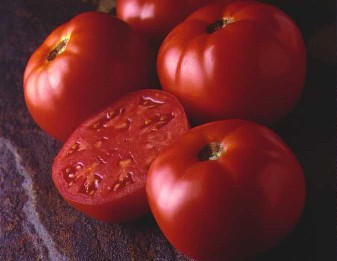 Florida—not California—is the nation’s largest producer of fresh tomatoes. This lesson plan will assist in demonstrating how increased menu usage of Florida tomatoes can increase profitability.
Florida—not California—is the nation’s largest producer of fresh tomatoes. This lesson plan will assist in demonstrating how increased menu usage of Florida tomatoes can increase profitability.
Like the sunny Mediterranean region, Florida has the warm temperatures necessary for cultivating tomatoes for much of the year. The state’s tomato industry is believed to have started in the 1870s. Florida ships more than 1.3 billion pounds of fresh tomatoes to the United States, Canada and abroad. Almost every county in the state grows tomatoes, and Florida produces virtually all the fresh-market, field-grown tomatoes in the United States from October through June.
Lesson Plan on Omelet Making: French vs. American
Super User Wednesday, 14 July 2010 23:36By Colin Roche, MBA, CEC, CCE, FMP, CHE
Whether French, American or Italian, an omelet is one of the easiest dishes to prepare once the technique is mastered.
Eggs are reasonably priced high-quality proteins that lend themselves to an endless number of flavor combinations. They are also the basis of a large variety of wonderful dishes, including the omelet.
So ... what is an omelet? An omelet, sometimes spelled “omelette,” is a dish consisting of beaten eggs that are cooked without stirring until set. It is then folded over in half, often around a filling, right in the pan. Omelets are remarkably easy to prepare, and can provide a quick, yet impressive, dish that can be served at any meal period.
Lesson Plan: Coffee—Brewing, Tasting and Cooking
Super User Wednesday, 02 June 2010 09:30 An e-learning lesson plan at ciaprochef.com sponsored by Starbucks Foodservice.
An e-learning lesson plan at ciaprochef.com sponsored by Starbucks Foodservice.
Every great cup of coffee begins with top-quality beans: the right variety, grown in the right place, and processed the right way. The more you know about the beans, the more enlightened coffee consumer you will be. After all, the only other ingredient in the brew is the water.
This lesson plan, part of ciaprochef.com—The Culinary Institute of America's Web site for foodservice professionals—was sponsored by Starbucks Foodservice and includes the following areas of training:


